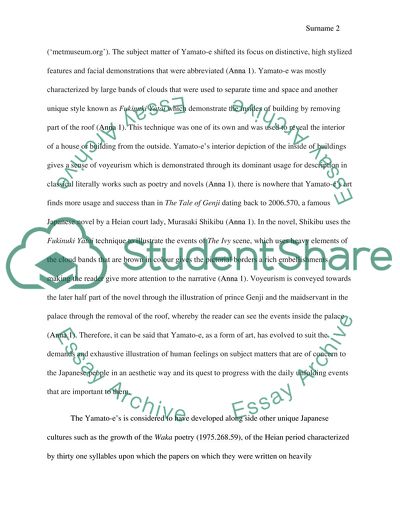Cite this document
(“Yamato-e, a style of Japanese painting Research Paper”, n.d.)
Retrieved from https://studentshare.org/visual-arts-film-studies/1640469-yamato-e-a-style-of-japanese-painting
Retrieved from https://studentshare.org/visual-arts-film-studies/1640469-yamato-e-a-style-of-japanese-painting
(Yamato-E, a Style of Japanese Painting Research Paper)
https://studentshare.org/visual-arts-film-studies/1640469-yamato-e-a-style-of-japanese-painting.
https://studentshare.org/visual-arts-film-studies/1640469-yamato-e-a-style-of-japanese-painting.
“Yamato-E, a Style of Japanese Painting Research Paper”, n.d. https://studentshare.org/visual-arts-film-studies/1640469-yamato-e-a-style-of-japanese-painting.


